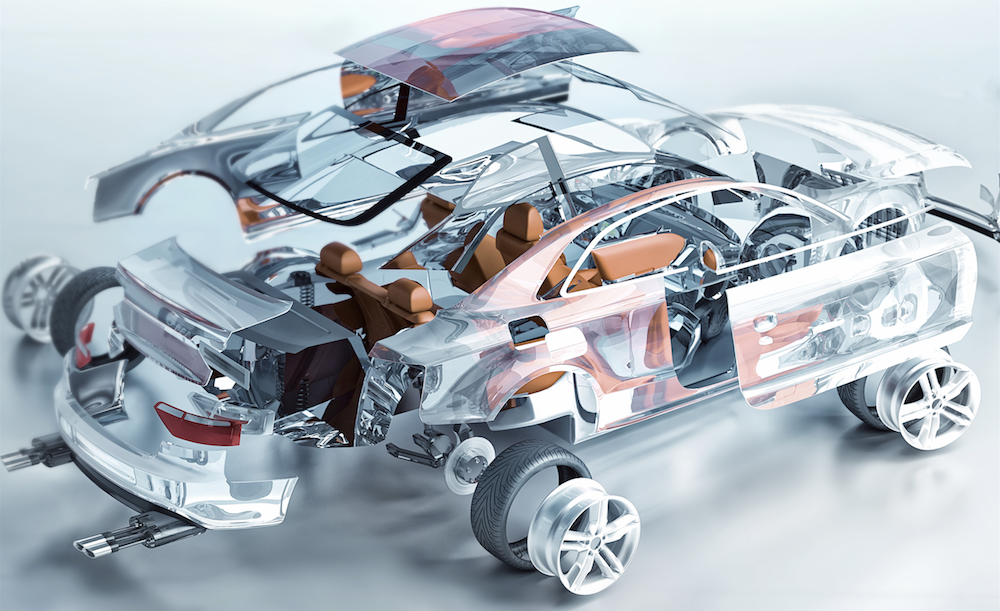
Excavators have come a long way since they were first developed which was in essence a gradual transition from marriages between tractors, bulldozers and the mighty military tank. Over the years the advancement of technology has revolutionized the excavators which are nowadays capable of doing just about anything from drilling, dredging, compacting earth, cutting steel or even demolishing structures.
They come in a wide range of sizes ranging from mini excavators that weigh about a ton to gigantic excavators weighing thousands of tons. Conventional excavators that ruled the construction industry before the mini and midi sized excavators exploded into the scene lost their hold on the industry due to a wide variety of reasons that ranged from maintenance issues, noise, and ‘cumbersome size’ which generally meant that the body of the excavator protruded over the tracks of the machine.
This meant that these machines required more space to work in tight spaces and in certain given scenarios; this was simply not possible due to the presence of other structures within the work space. It was particularly because of this issue that the modern day zero swing standard excavators were developed. These excavators still maintain their conventional characteristics expect for the ‘zero or minimal tail swing element’.
So if you are new to the construction industry and heavy machine industry, keep reading in order to gain a little insight on heavy machines.
The concept of the zero swing in essence refers to the back end of the excavator when the excavator is slewing about and ‘zero swing’ is associated with the backside space swinging out beyond the track boundaries. This allows zero swing machines to work in tight places and the operators would have to be stressed about swinging about the rear and that would cause damage if it was protruding out of the track area.
The ability of the zero tail-swing excavators to rotate the upper body within the machine’s undercarriage width is a critical element when working in projects areas that are starved for space. There is however the Pros and Cons of Zero Swing Excavators that must be taken in account, for instance:
Operators are able to work in congested areas as these machines offer more manoeuvrability which not only reduces the amount of damage to the excavator, but also other obstructions structures within close proximity to them. These machines are also safer to be used in areas where traffic is high as they cause minimal traffic disruption.
These machines are also popular among Melbourne excavator for hire outfits and are generally given out at very competitive rates. From another perspective because of the shorter tail radius, zero swings excavators have lower operating capacities compared to excavators classified as reduced tail or conventional tail swings excavator designs.
This is attributed to the heavy attachments that counter the pitch better than zero tail swing excavators. Hence, apart from budgets, and lift capacity, it is critical for project managers to know the terrain that these machines will be assigned to in order to hire the right type of excavator for the right type of job.







